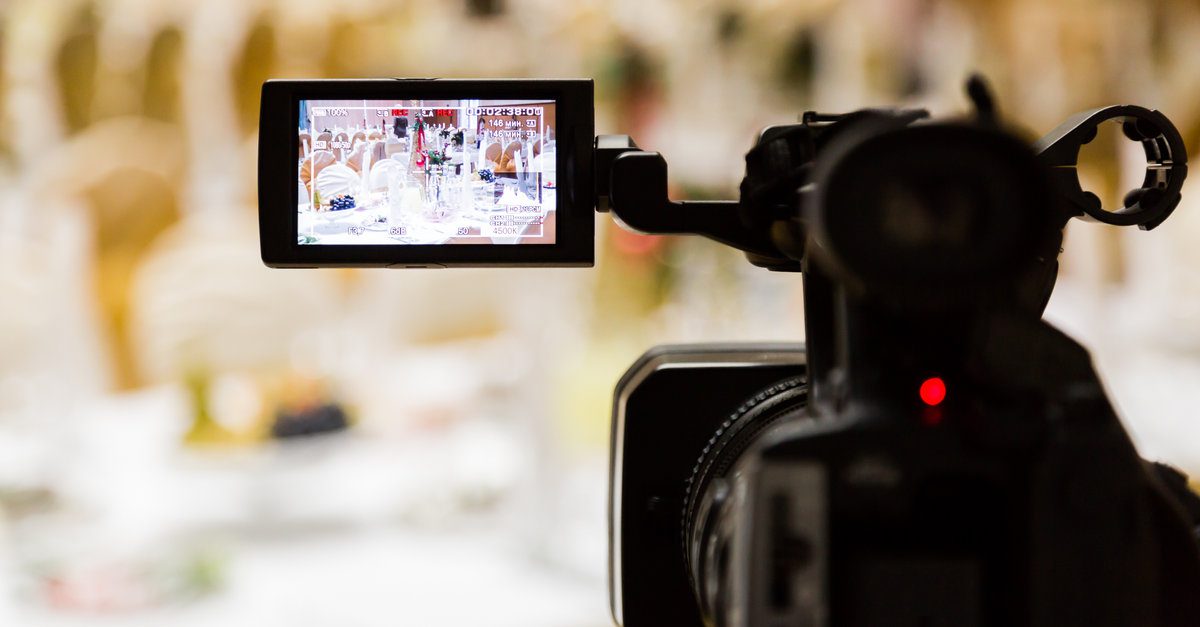The Accident Reconstruction Videogrammetry Accuracy Sandwich

,
Laurence R. Penn, CFVT, Senior Forensic Animation/Video Specialist
Videogrammetry, the measurement of distance and scale using video footage, is a powerful tool for forensic video analysis and reverse projection photogrammetry, however; the results are not absolute. Extracting measurements from video frames and photographs requires a number of steps to correlate points on a two-dimensional image plane to their relative positions within a three-dimensional environment. There will always be varying degrees of accuracy based on multiple aspects of the video image itself and any tolerance of the measuring device used to calibrate the camera (high density LIDAR measurement data in most of our cases), amongst many other factors that make up this “accuracy sandwich.”
Let’s start with some bread, or more relevant to the topic, camera calibration accuracy. Camera calibration involves defining the intrinsic properties of the camera which captured the image, such as focal depth, field of view, lens distortion, and matching up the position and orientation of the camera to the LIDAR data of the site.
Next is the placement of the vehicle within the field of view of the calibrated camera, or the second layer – ham. Much like how the camera is positioned within the LIDAR environment, the subsequent step is similar, however we use LIDAR measurements of subject vehicle for the calculations. The camera distance to the fixed measurements of the vehicle is solved by correlating their positions on the image frame, yielding a best fit match and associated accuracy.
For this specific croque-monsieur recipe, we will add some cheese, or resolution accuracy. Videos, which are made up of sequences of images, can be recorded at different resolutions: the width and height dimensions in pixels. For each of these pixels, a point in three-dimensional space is recorded by light reflecting off a surface and passing through the camera lens onto the image sensor. Therefore, each pixel records a measurable point in space, and the 2D distance between each pixel is relevant to a 3D distance. When the angle of the measurement or distance of the measurement changes, the number of pixels available to record that distance also changes. Thus, the accuracy of the resolution, or the distance recorded on any given pixel, depends on where it is located in the scene.
Always welcomed, a touch of mustard in my sandwich, and we will let that be the proxy for the LIDAR tolerance. After all, the accuracy for this layer is relatively nominal, approximately 2 mm, and we don’t need much mustard to add just the right amount of flavor to our sandwich.
I hope you enjoyed this little recipe for videogrammetry accuracy. Much like using good quality ingredients and an artisanal approach to sandwich-making, the fidelity of the data and attention to detail through each step will be relative to the quality of accuracy in the videogrammetry analysis. Bon appetit!
Laurence R. Penn, CFVT, Senior Forensic Animation/Video Specialist with DJS Associates, Inc., can be reached via email at experts@forensicDJS.com or via phone at 215-659-2010.


